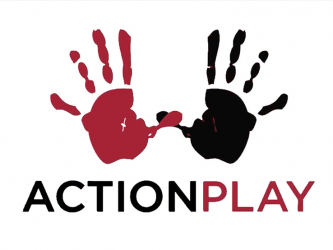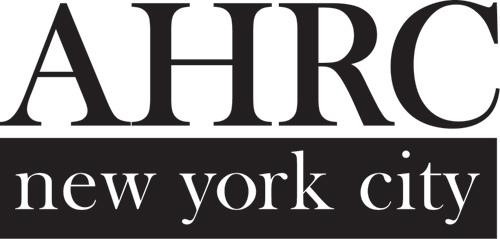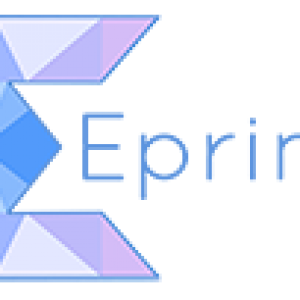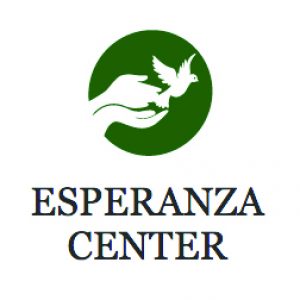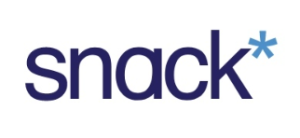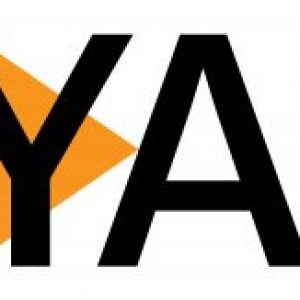Who Are We?
We are an official advisory body to the New York City Department of Health and Mental Hygiene, to the New York State Office for People with Developmental Disabilities, and the Manhattan Developmental Disabilities Services Office.
What Do We Do?
We meet monthly to assess and identify needs of the Manhattan Community. We address all areas of concern in relation to existing services and needed services for people with I/DD and their families.
We advise the City and State about present priorities and gaps in services, and we plan for future needs.
We recommend which proposals for new or continuing services should be adopted by New York State funding sources.
We educate families about the services available to people with ID/DD through an annual Family Support Fair about the services.
We advocate for the creation or expansion of needed services through an annual Legislative Breakfast and visits to elected officials.
We promote community acceptance of people with ID / DD.
We provide a forum for people with disabilities and service providers to share concerns and information.
We gather and publish resources:
Manhattan Family Resource Directory
Manhattan Adult Services Directory
Leadership
Council Chair: Kathy Kelly
Family Vice Chair: Elly Rufer
Provider Vice Chair: Carol Lincoln
Secretary: Ilana Katz
Treasurer: Jessie Backe
Committees
Family & Provider Information Committee
Co-Chairs: Luisa Eusse-Roché & Wendy De Leon
Family Support Services Advisory Council
This committee welcomes all Manhattan consumers and families who have a relative with developmental disabilities. The council focuses on information sharing, on advocacy for all issues of concern affecting people with developmental disabilities and their families, and on outreach to unserved families.
Co-Chairs: Jackie Goldberg & Mary McGuire-Weafer
Legislative Committee
The Legislative Committee coordinates the annual Legislative Breakfast. Key Representatives from the NYS Legislature, NYC Council, NYS Office for People with Developmental Disabilities, and NYC Dept of Health and Mental Hygiene, Parents and Self-Advocates come together to be heard.
Co-Chairs: Jim Malley & Lynn Decker
Transition Committee
Focusing on youth with I/DD transitioning from school into adult services. Linking stakeholders in transition planning including families, provider agencies, and schools.
Co-Chairs: Andrew Harris & David Summers
Become a Member Today
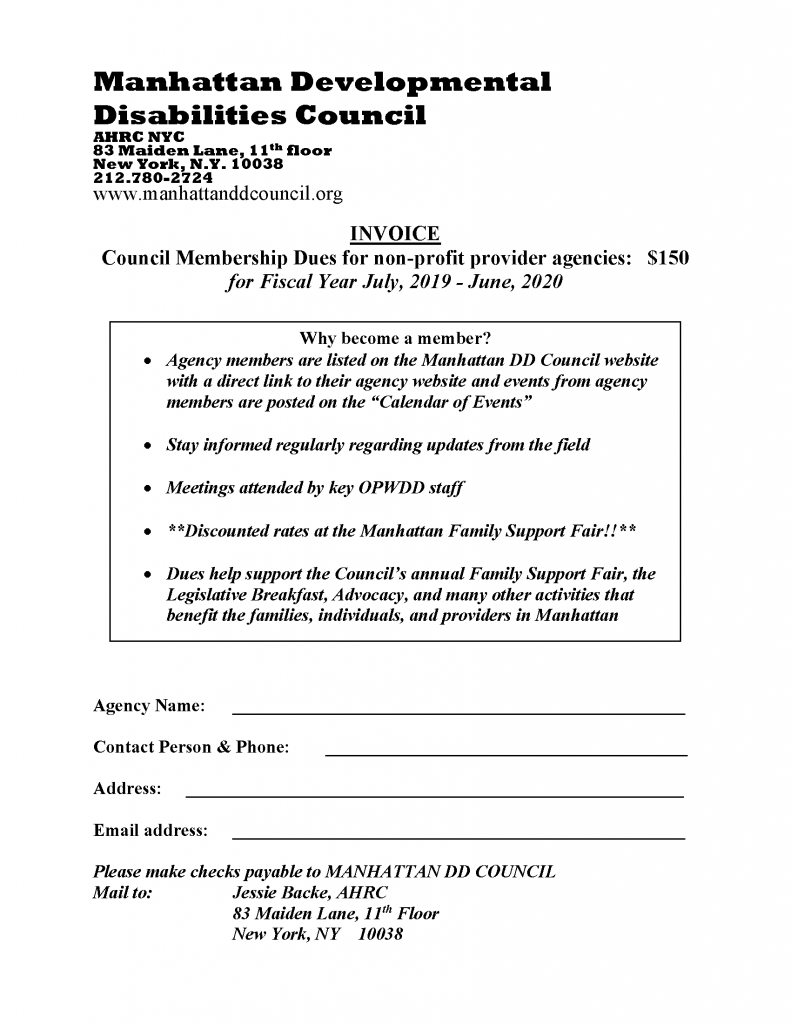
Members
History & Purpose of the Developmental Disabilities Councils
By Jim Malley
As Presented at the 11/11/14 DD Council Meeting
The Councils were born during the Lindsay administration, a time of Little City Halls and Community Boards. As a counterpart to the Community Services Board, an advisory body consisting entirely of appointed individuals, a fellow who had previously worked in Connecticut brought the concept of grass-roots advisory body to the City Department of Mental Hygiene, headed by Dr. June Christmas. Some people in our area of mental retardation (aka intellectual disabilities), liking the idea but feeling left out, lobbied for a separate department; they wanted to be included in the advisory bodies but not be subsumed by them. Following an old-fashioned sit-in at the City Department of Mental Hygiene, both the Office of Mental Health and the Office of Mental Retardation were formed within the Department. Each Office had its own advisory body and these were designed from the bottom up: each borough was divvied up into regions—Manhattan had three—and each region was represented by a council made up of a 50-50 mix of providers and consumers. There were borough councils (made up of the regional councils) and citywide councils (made up of the borough councils), and whenever the citywide councils of both mental health services and mental retardation got together, they formed the grand-daddy of them all: Federation. The borough chairs still meet quarterly as part of Federation.
When first formed, each borough drew up a set of by-laws based on the template of the ones being used by the mental health people, and within each borough a number of regions formed and had similar but individualized by-laws. The first chair of upper Manhattan Region III was Geneva Bridges. The big difference between ourselves and our mental health counterparts was over the definitions of providers and consumers: in both MH and MR providers were those whose family incomes consisted of at least 10% from the provision of services; for MH the consumer was anyone receiving services; MR included family members. The individual boroughs’ by-laws haven’t changed much over the years, so there’s a lot of hints of their origins. Manhattan’s first chair was Dr. Betty Simons. Under Ed Koch, the City department expanded to include the Office of Alcoholism and Substance Abuse. Their structure was to be the same, but they never fully achieved it.
The councils were extremely vibrant for their first ten years. Since they embodied the concept of regional representation, that format was used in developing the IAC structure out of which the majority of board members were and are borough or county representatives.
Changes in the City’s focus came about in the early 1970s as the State took over a commanding position in the delivery of services after the Willowbrook response. OMRDD was formed, and advocacy grew. Like the City, the State needed an advisory body, and councils were ready-made and seamlessly adopted. The councils became unofficial advisory bodies.
In the 1970s the State and the few voluntary providers were tapped to get people out of Willowbrook. Deinstitutionalization was a joint effort with the voluntaries. The provider coalition grew and eventually became IAC in 1978. IAC was looking for geographical equity: two representatives from each borough and an equal number of elected people. IAC is a provider agency. The councils are made up of providers, families, individuals, and government coming together. IAC and council priorities often agree, and if not, get resolved. Currently, IAC has quarterly meetings with representatives from the borough councils regarding legislative issues.
The City played a major funding role in de-institutionalization. As the State grew stronger, the City gave up some of its responsibilities. At its peak the city had roughly $30 million in DD services. Now city tax levy is down to $3 million.
Borough councils do not exist elsewhere in the State. The role of the councils with OPWDD has fluctuated. For example, councils used to review every proposal, but no longer.
Other NYC Developmental Disabilities Councils
Brooklyn Developmental Disabilities Council
Bronx Developmental Disabilities Council
Queens Council on Developmental Disabilities
Staten Island Developmental Disabilities Council
What are developmental disabilities?
Developmental disabilities (DD) include but are not limited to intellectual disabilities (ID), autism, cerebral palsy, epilepsy, and other neurological impairments that manifest themselves before age 22.
Developmental Disabilities Councils
in Other NYC Boroughs
Chair
- Ernie McNutt
- Brooklyn DD Council
- ernie.mcnutt@ahrcnyc.org
- https://www.brooklynddcouncil.org
Chair
- Joanne F. Siegel
- Bronx DD Council
- josiegel@montefiore.org
- www.bronxddcouncil.org
- Bronx family Support Services Advisory Council
- https://www.facebook.com/Bronx-Family-Support-Advisory-Council-163180473746616/
Chair
- Lisa Veglia
- Queens Council on Developmental Disabilities
- lveglia@qsac.com
- http://www.qcddny.org
Chair
- Michael Weinberg
- Staten Island Developmental Disability Council
- michael.weinberg@ahrcnyc.org
- http://www.siddc.org
- Family Support Services Advisory Council
- http://familysupportservicesadvisorycouncil.webs.com/

